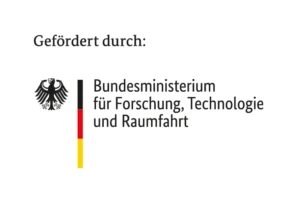BACKGROUND
Spectroscopic methods such as Raman spectroscopy can be used to precisely analyze mixtures of substances and detect a wide variety of substances – thanks to a signature that is as typical as a fingerprint. However, these Raman signals are relatively weak.
With Shifted Excitation Raman Difference Spectroscopy (SERDS), however, interferences caused by background light or fluorescence of the examined sample can be separated from the Raman signatures.
TECHNOLOGY
Laser light sources suitable for SERDS provide two slightly spectrally shifted excitation wavelengths. For example, they use diode lasers in external resonators or GaAs-based two-wavelength laser diodes. If the excitation wavelength of the laser is also in the spectral vicinity of an absorption, the Raman signal can be amplified. This allows it to be used for so-called resonance Raman spectroscopy.
SERDS is used in a variety of ways, including measuring selected target substances on human skin, in apples or on soil samples.
ADVANTAGES
Recording of weak Raman signals
Measurements under real conditions
Spectrometerless measurements possible
Measurements in liquid, on skin and on soil samples possible
APPLICATION
Medical diagnostics / life science
STATUS
First applications under real conditions;
Further development into a spectrometerless Raman measurement system
FACHKONTAKT
PD Dr. Bernd Sumpf
Ferdinand-Braun-Institut
Leibniz-Institut für Höchstfrequenztechnik
Gustav-Kirchhoff-Str. 4
12489 Berlin
M: bernd.sumpf@fbh-berlin.de
T: +49 (0)30 6392 2659




